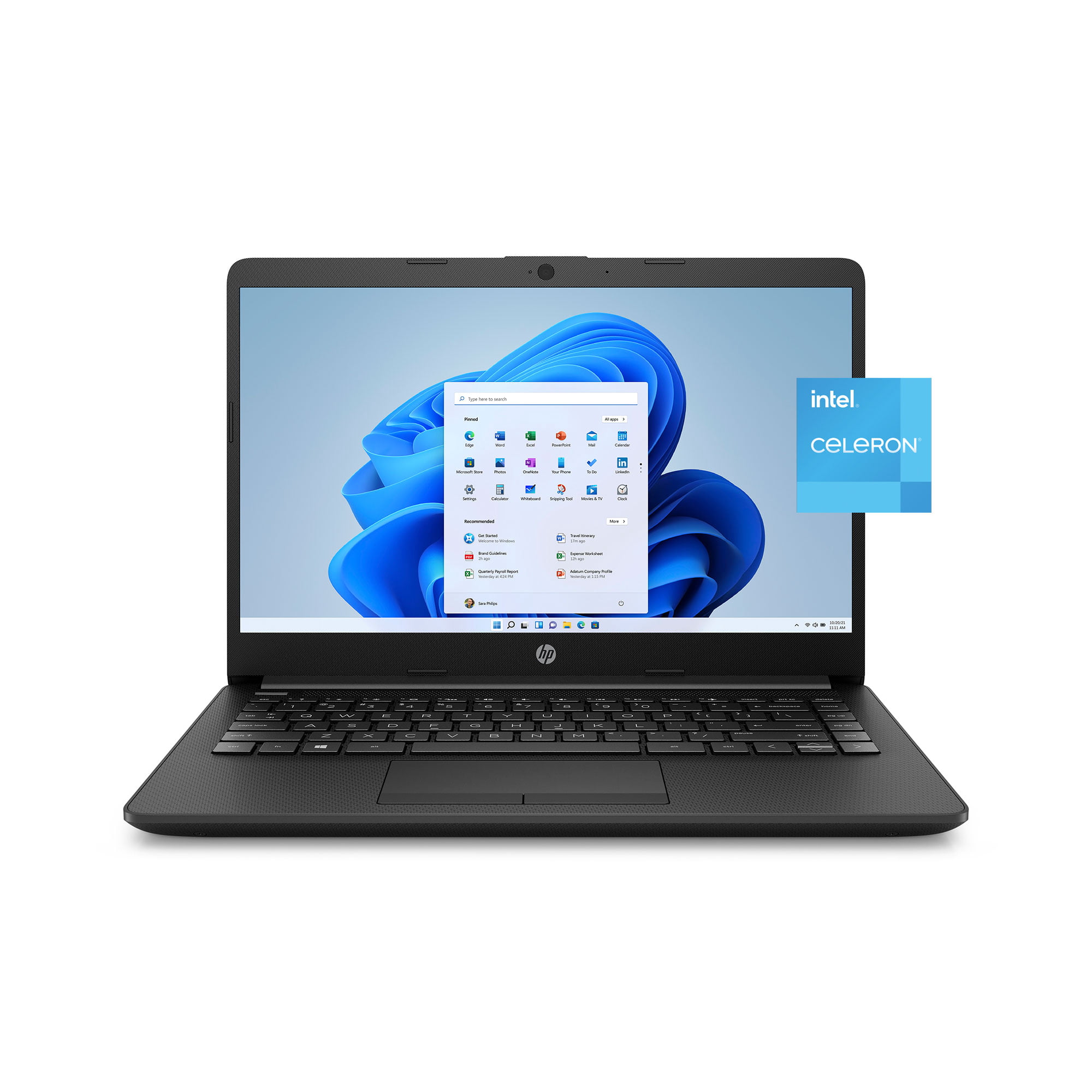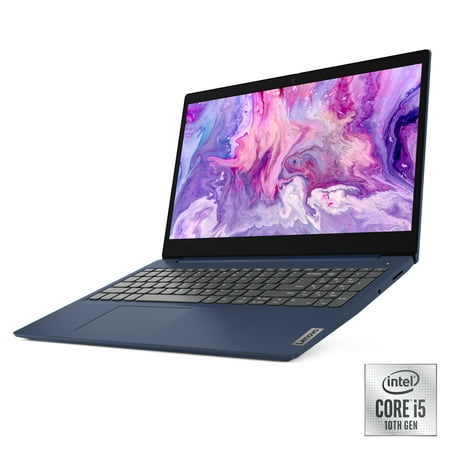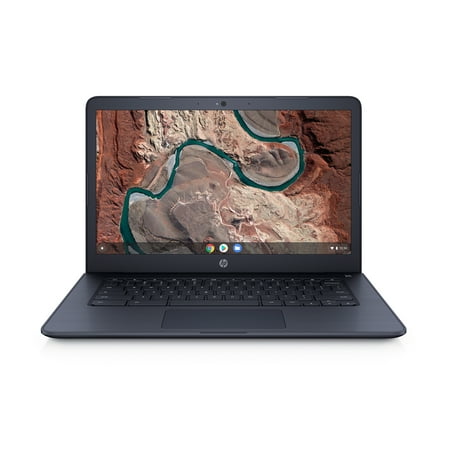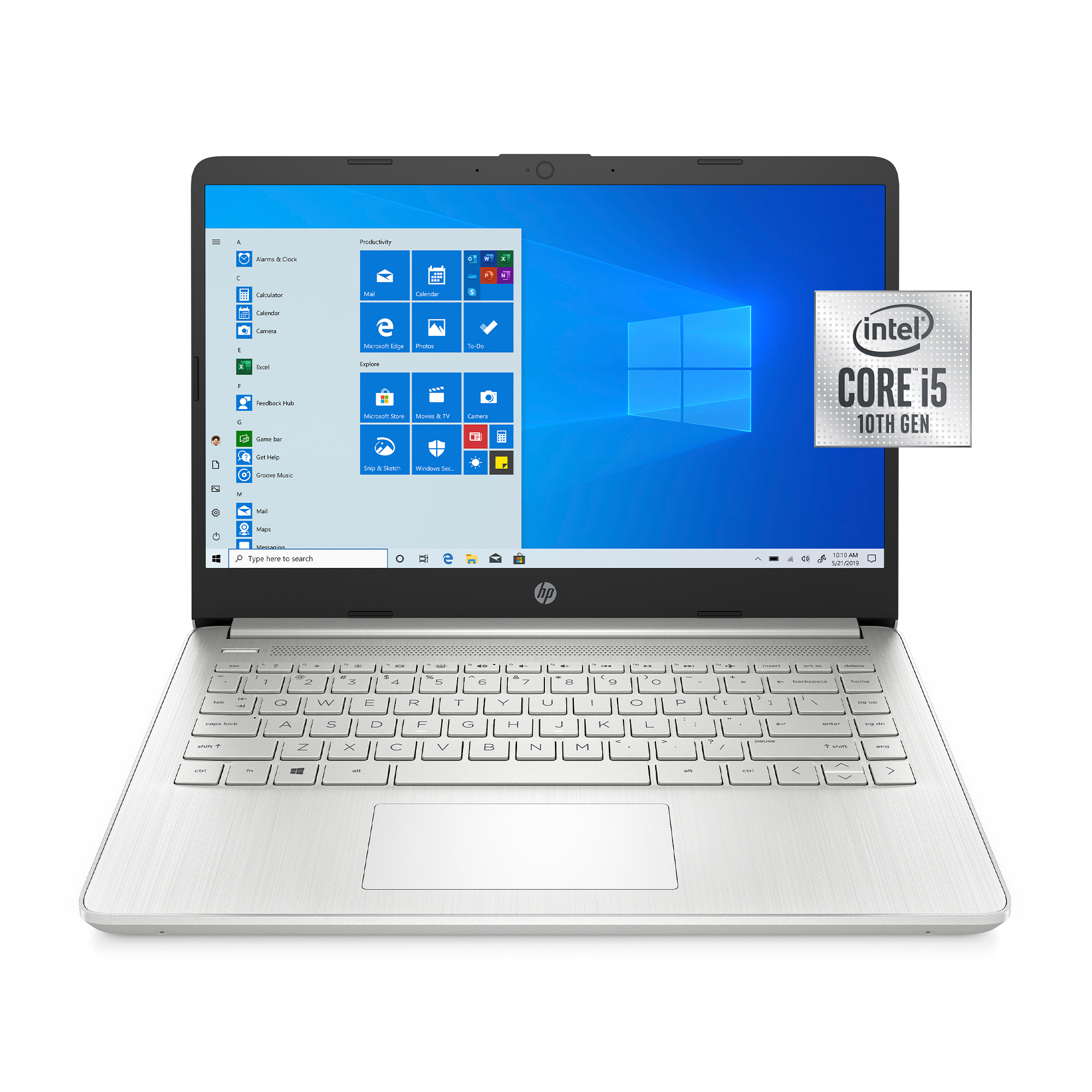HP Stream 14″ Laptop, Intel Celeron N4120, 4GB RAM, 64GB eMMC, Jet Black, Windows 11 Home, 14-cf2121wm
Spend your days staying social, productive and connected to what matters with the dependable power of the HP 14 Laptop.
Spend your days staying social, productive and connected to what matters with the dependable power of the HP 14 Laptop. This deceptively small, portable laptop still boasts a HD display with an ultra narrow bezel that’s perfect for surfing, streaming and more on the go. With a reliable Intel processor and one-year subscription to Microsoft 365, you’ll be the go-to person for documents, data and presentations.
Additional information
| Manufacturer Part Number | 6G501UA#ABA |
|---|---|
| Model | 14-cf2121wm |






by Rather
Good deal. Good product for the money. Windows 11 included.
by Chris
This is cool laptop which comes with latest intel celeron quad core N4120. It’s efficient on doing multiple things simultaneously like WhatsApp, MS word. Built quality is great and study. It’s worth on deal $129.
by Patrick
I liked the quick response and fast shipping of my order. The product was packaged well and didn’t come to me damaged as products I had ordered in the past. I may be placing more orders in the future.
by Steve
This laptop is awesome. I love using it. And it was affordable.